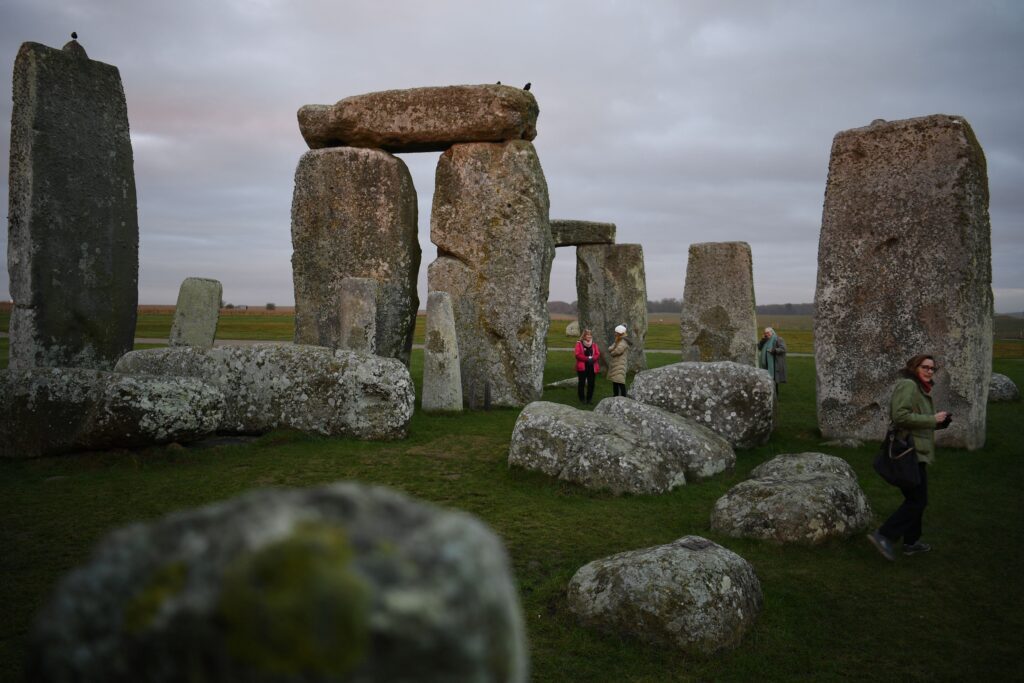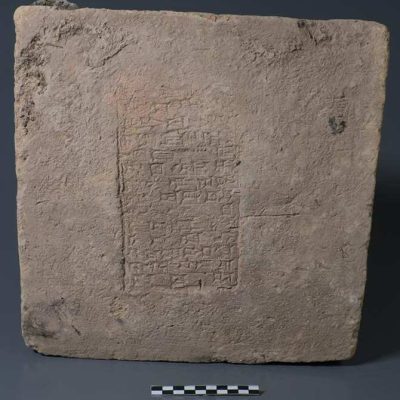One of the largest and most complex prehistoric monuments in Europe has been discovered near Stonehenge. An international team of archaeologists found a series of at least 20 shafts, each up to five meters deep and ten meters in diameter, forming a ring with a diameter of about two kilometers around Durrington Walls. This is one of the largest known prehistoric settlements, famous for its megalithic circles. The discovery was made as part of the Stonehenge Hidden Landscape Project, using remote sensing technology. The purpose of the shafts is not yet clear, but they may have served as a boundary to prevent people from entering the sacred area.
The shafts were discovered using a new interdisciplinary approach involving remote sensing technology and the University of Bradford. The area around Stonehenge has been extensively studied by archaeologists, but the shafts were only recently discovered. The C-14 dating of core samples shows that the shafts were dug about 4,500 years ago. The purpose of the shafts is still unknown, but archaeologists believe they may have served as a boundary to prevent people from entering the sacred area. However, the presence of post rows suggests that people may have been led to the sacred area at the center of the circle.
According to Wolfgang Neubauer of the Ludwig Boltzmann Institute for Archaeological Prospection and Virtual Archaeology in Vienna, this is one of the largest and most complex prehistoric monuments ever discovered. The discovery sheds new light on the prehistoric landscape around Stonehenge and the purpose of the megalithic circles. The discovery was published in the scientific journal Internet Archaeology and has generated significant interest among archaeologists and the general public. Further research is needed to fully understand the purpose of the shafts and their significance in the prehistoric landscape.










